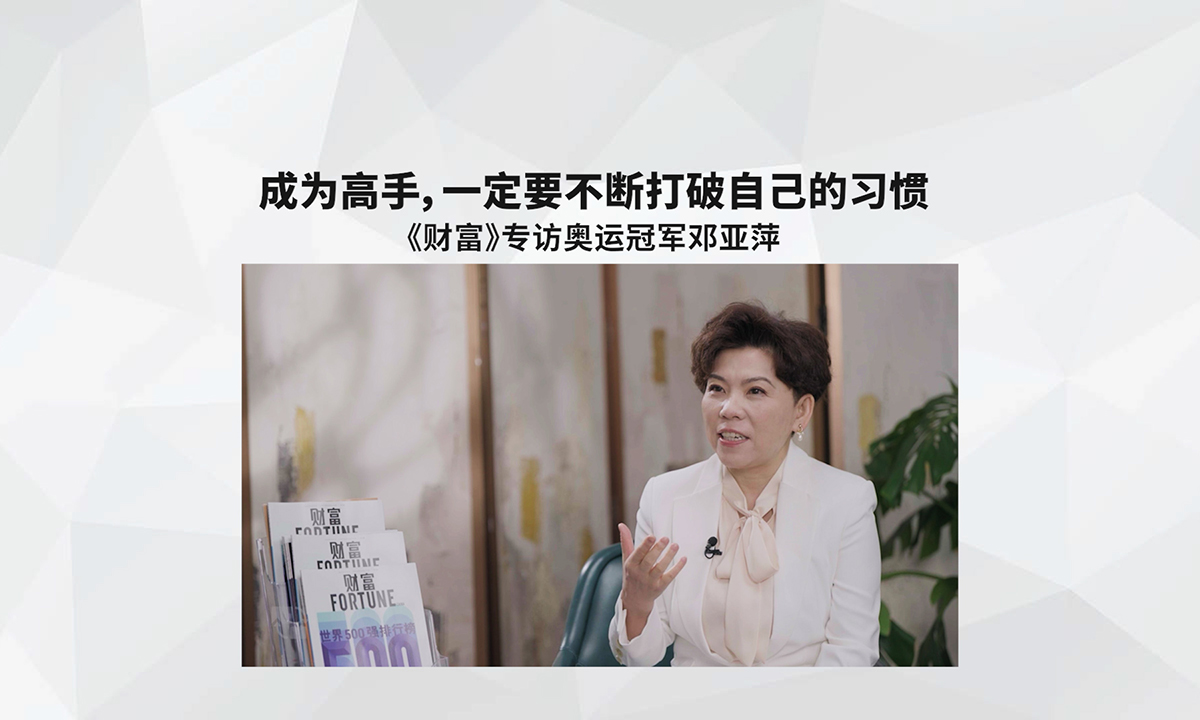数字医疗投资重现火爆局面
|
对于美国人来说,11月是个特殊的月份,因为他们要在这个月重新登记参加医疗保险,并且他们将算清楚来年的医保费用是“仅仅”增加5%,还是增加两位数。 今年,在控制这种看上去不合理的医保费用上涨方面,科技的潜在作用得到了更多人关注——这在很大程度上是由于人们对运动手环等消费类电子产品的乐观期望。据创业孵化器Rock Health统计,截至今年6月,数字医疗科技类公司的融资总额已达到23亿美元——超过了去年的总额。 仅本月就有两个明显的例子:施乐(Xerox)史无前例地投资远程医疗公司HealthSpot,后者计划将其远端临场医疗设施安装到医疗机构和大公司内;制药业巨头诺华制药公司(Novartis)对能够跟踪药效的可穿戴技术表现出日益浓厚的兴趣。 数字医疗成为热门的另外一个迹象,是移动医疗公司Castlight Health在今年秋天公布的客户吸引力。该公司在3月进行了颇具争议的IPO。(公司最初上市时的市值约为30亿美元,但其现在的市值却一直维持在10.1亿美元。) 美国雇主每年的医疗福利支出达到惊人的6,200亿美元,但他们却很难跟踪这笔钱的去向。而Castlight则可以将这笔支出摸得一清二楚,供至少40家《财富》美国500强公司了解其流向,这些公司包括谷歌(Google)、卡夫食品集团(Kraft Foods Group)、微软(Microsoft)和沃尔玛(Wal-Mart)。 这项企业医疗保健云服务,将显示出公司员工的医疗支出,包括胆固醇测定、磁共振成像(MRI)扫描以及健康体检等多个项目。这些数据不仅可以帮助雇主更有效地了解医疗福利费用,也可以让员工对他们想要付费的项目和可以获得的保健质量做出更明智的决定。 Castlight Health公司的CEO兼联合创始人乔瓦尼•“吉奥”•科莱拉表示:“他们有一个系统,其中包括对医疗福利费用的大量分析。”科莱拉之前的公司RelayHealth在2006年被麦克森公司(McKesson)收购。科莱拉的联合创始人包括托德•帕克(电子病历管理公司Athenahealth的联合创始人,同时也是一位技术专家,曾帮助解决美国医保网站Healthcare.gov的故障)和风险投资人布莱恩•罗伯茨(风投公司Venrock)。 例如,Castlight的一位客户发现某个部门内背部疼痛的发病率之高,有些异常。于是,该公司针对这一问题提出了一项人体工学解决方案,削减了这部分医疗费用,科莱拉说道。
那么,Castlight是如何说服几乎所有的保险公司披露这些信息的呢[只有联合健康保险公司(United Healthcare)因排他性条款未披露相关信息]?通过说服客户索要这些信息。目前,该服务涵盖了多数医疗程序和药物信息。公司即将推出包括牙科保健计划和行为健康的服务。 Castlight宣称截至第三季度末共有159家客户。其最近公开的收益报告显示,公司今年的预期收益为4,390万美元至4,430万美元,预期损失7,400万美元至7,500万美元。(公司CEO和CFO计划在本周晚些时候召开两次投资者会议,公布最新财务数据。) |
Ah, November, that special time of year when Americans get to re-enroll for health insurance and find out whether their costs will go up “just” 5% or whether they face a double-digit increase for the year to come. This year technology’s potential role in controlling seemingly unjustifiable increases is getting more attention than ever—in part because of wildly optimistic expectations surrounding consumer gadgets such as fitness bracelets. By June, funding for digital healthcare technology companies reached $2.3 billion—surpassing the previous year’s total, according to Rock Health, a startup incubator. Two illustrative examples from this month alone: Xerox’s unprecedented investment in telemedicine company HealthSpot, which plans to install its kiosks not just at medical facilities but also at big companies; and pharmaceutical giant Novartis AG’s growing interest in wearable technologies that can track the effectiveness of its drugs. Another indicator is the customer traction being reported this autumn by Castlight Health, which made its rather controversial I.P.O. in March. (The company debuted with a market cap of almost $3 billion, but its value currently stands around $1.01 billion.) Every year, U.S. employers spend a whopping $620 billion on healthcare benefits with very little visibility into where that money goes. Castlight puts those costs under the microscope for at least 40 Fortune 500 companies including Google, Kraft Foods Group, Microsoft, and Wal-Mart. Its service, called Enterprise Health Cloud, shows the prices a company’s employees pay for everything from cholesterol tests to magnetic resonance imaging, or MRI, scans to wellness visits to their doctor. The vision is to help employers better understand these cost and to let employees make more informed decisions about what they can expect to pay and about the quality of care they will receive. “They have a cockpit where they get a ton of analytics about where the money is spent,” said Castlight CEO and co-founder Giovanni “Gio” Colella, whose previous company, RelayHealth, was acquired by McKesson in 2006. Collela’s co-founders were Todd Park (co-founder of Athenahealth and the tech guru who helped fix the troubled Healthcare.gov site) and venture capitalist Bryan Roberts (Venrock). One Castlight customer, for example, discovered an unusually high incidence of back pain issues within certain departments. The company came up with an ergonomic solution to this problem, paring back on those medical costs, Colella said.
How did Castlight convince almost every insurance company (except United Healthcare because of an exclusivity clause) to disclose this information? By convincing businesses to demand the information. Right now, the service covers most medical procedures and pharmacy information. Offerings that cover dental plans and behavioral health are in the wings. Castlight boasted 159 customers at the end of the third quarter. According to its latest earnings report, the company expects to generate $43.9 million to $44.3 million this year, with anticipated losses of $74 million to $75 million. (Its CEO and CFO are scheduled to present updates at two investor conferences later this week.) |











